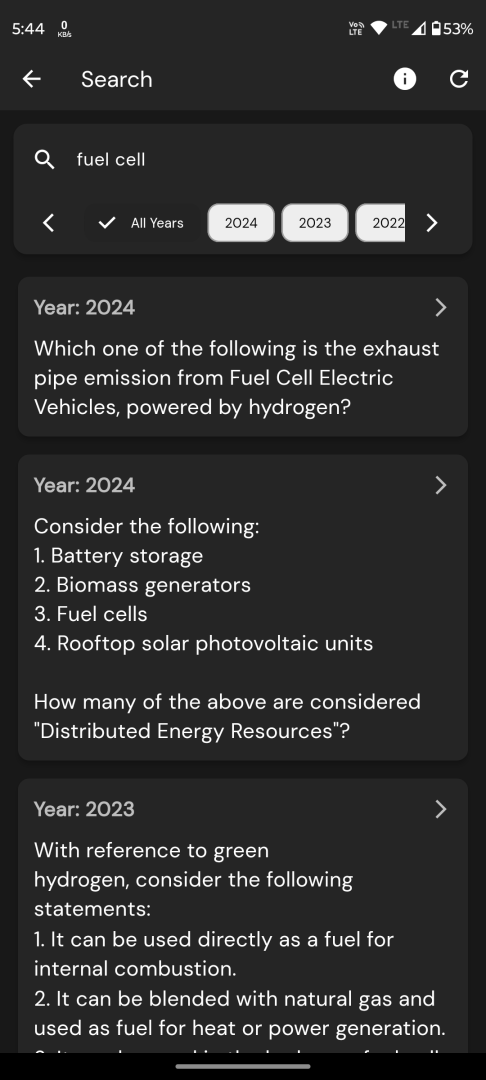Q. With reference to Indian laws about wildlife protection, consider the following statements:
1. Wild animals are the sole property of the government.
2. When a wild animal is declared protected, such animal is entitled for equal protection whether it is found in protected areas or outside.
3. Apprehension of a protected wild animal becoming a danger to human life is sufficient ground for its capture or killing.
Which of the statements given above is/are correct?
a) 1 and 2
b) 2 only
c) 1 and 3
d) 3 only
Correct Answer: b) 2 only (Official Answer)
Question from UPSC Prelims 2022 GS Paper
Explanation :
Wildlife (Protection) Act, 1972 in India
In India, wildlife protection is governed by the Wildlife (Protection) Act, 1972. This Act provides for the protection of wild animals, birds, and plants with the aim of ensuring the ecological and environmental security of the country. Let’s analyze the statements given:
Statement Analysis
- Wild animals are the sole property of the government.
This statement is not entirely accurate. According to the Wildlife (Protection) Act, wild animals are considered to be owned by the state government where they are found. However, this does not mean that the government has the same rights as a private owner would have over their property. The Act imposes a duty on the government to protect wildlife and its habitat, and it restricts the trade, hunting, and exploitation of wild animals.
2. When a wild animal is declared protected, such animal is entitled to equal protection whether it is found in protected areas or outside.
This statement is correct. The Wildlife (Protection) Act provides for the establishment of protected areas such as sanctuaries and national parks, but it also offers protection to wild animals outside these areas. Once an animal is listed in the Schedules of the Act, it receives legal protection regardless of where it is found, and offenses against protected animals are punishable under the Act.
3. Apprehension of a protected wild animal becoming a danger to human life is sufficient ground for its capture or killing.
This statement is not entirely correct. While the Act does allow for the capture or killing of a protected wild animal in certain circumstances, such as when it poses a danger to human life, this is subject to strict conditions and often requires permission from the appropriate authorities. The Act also provides for the declaration of certain animals as vermin in specific areas and for specific periods, which may then be hunted or culled. However, this is not a blanket provision and is regulated to ensure the balance between human safety and wildlife conservation.
Therefore, the correct answer is “2 only,” as the second statement is the only one that is entirely accurate without qualifications.





